|
Voiced by Amazon Polly |
Overview
In the fast-paced world of software development, where innovation and speed-to-market are paramount, ensuring the security of applications has never been more critical. Integrating security into the DevOps process, known as DevSecOps, has emerged as a game-changer in the quest for robust and secure software. In this blog post, we’ll explore the evolving role of DevSecOps in ensuring application security.
Pioneers in Cloud Consulting & Migration Services
- Reduced infrastructural costs
- Accelerated application deployment
The Changing Landscape of Application Security
Conventional application security methods have proven inadequate as cyber threats advance in complexity and sophistication. In the past, security was often treated as an afterthought, implemented at the end of the development cycle. However, this reactive approach is no longer sufficient.
The DevSecOps movement recognizes that security should be integral to the software development process from the outset. It aims to blend security practices seamlessly into the DevOps pipeline, thus addressing vulnerabilities and threats proactively.
The Key Principles of DevSecOps
- Collaboration – DevSecOps fosters collaboration among development, operations, and security teams.
- Automation – Automation is at the heart of DevSecOps. It enables security checks, testing, and compliance to be integrated into the development pipeline, allowing for rapid detection and remediation of vulnerabilities.
- Shift-Left – DevSecOps promotes a “shift-left” approach to security, meaning that security measures are applied as early as possible in the development process. This proactive stance reduces the likelihood of security issues cropping up later in the lifecycle.
Sample CI/CD implementation considering DevSecOps

Here, we are leveraging Azure DevOps to have CI/CD for Azure Functions. This includes:
Continuous integration and deployment
- Define builds to run whenever a developer checks in code changes automatically.
- Build pipelines that include instructions to run tests after the build runs.
- Release pipelines support managing software build deployment to staging or production environments.
Azure Pipelines to provide
- Build automation: Define the steps to take during the build and the triggers that start a build.
- Release management: Supports a rapid release cadence and management of simultaneous releases. Configure release pipelines that represent multiple environments from development to production. Run automation to deploy applications to each environment. Add approvers to confirm that the app has been successfully deployed in an environment. Then, track your releases as they’re deployed to various environments.
Azure Functions is a serverless solution that allows you to write less code, maintain less infrastructure, and save on costs. Instead of worrying about deploying and maintaining servers, the cloud infrastructure provides all the up-to-date resources needed to keep your applications running.
SonarCloud is used for:
- Bug, Vulnerability, and Code Smell Detection
- Get rid of issues that add up to technical debt.
- Keep Security Hotspots on the radar.
- Issue contextualization, with remediation guidance
- Find, understand, and fix code issues thanks to our helpful UI that shows the issues in the context of the code, with clear remediation guidance.
- Top-notch coding rules
- Get a deep understanding of why an issue has been raised from the underlying rule, including a full description and an example of proper implementation.
The Components of DevSecOps
- Automated Security Testing: Tools like static application security testing (SonarQube (SAST)) and dynamic application security testing (DAST) (ZAP)are integrated into the CI/CD pipeline to identify vulnerabilities early.
- Continuous Monitoring: Real-time monitoring of applications in production helps detect and respond to security incidents promptly. Eg: NewRelic
- Infrastructure as Code (IaC) Security: Ensuring that the code used to provision and manage infrastructure is secure from the start. Eg: CheatSheet
- Container Security: Securing containers and orchestrators like Kubernetes to prevent vulnerabilities in containerized applications Eg: Sync
Benefits of DevSecOps
- Improved Security Posture: DevSecOps reduces the risk of security breaches and vulnerabilities by integrating security throughout the development process.
- Faster Remediation: Automated security testing and continuous monitoring enable swift identification and resolution of security issues.
- Cost-Efficiency: Detecting and fixing security flaws early is more cost-effective than addressing them after deployment.
- Compliance: DevSecOps helps organizations maintain compliance with industry regulations and standards.
- Enhanced Reputation: Secure applications build trust with customers and partners, enhancing an organization’s reputation.
Conclusion
Embracing DevSecOps is not just a trend; it’s necessary in a world where the threat landscape is constantly evolving. By adopting this approach, organizations can stay ahead of the curve and build a more secure digital future.
Drop a query if you have any questions regarding DevSecOps and we will get back to you quickly.
Making IT Networks Enterprise-ready – Cloud Management Services
- Accelerated cloud migration
- End-to-end view of the cloud environment
About CloudThat
CloudThat is an award-winning company and the first in India to offer cloud training and consulting services worldwide. As a Microsoft Solutions Partner, AWS Advanced Tier Training Partner, and Google Cloud Platform Partner, CloudThat has empowered over 850,000 professionals through 600+ cloud certifications winning global recognition for its training excellence including 20 MCT Trainers in Microsoft’s Global Top 100 and an impressive 12 awards in the last 8 years. CloudThat specializes in Cloud Migration, Data Platforms, DevOps, IoT, and cutting-edge technologies like Gen AI & AI/ML. It has delivered over 500 consulting projects for 250+ organizations in 30+ countries as it continues to empower professionals and enterprises to thrive in the digital-first world.
FAQs
1. What is container security?
ANS: – Container security involves deploying security tools and procedures to ensure robust information security for container-based systems or workloads. This encompasses safeguarding the container image, the operational container, and all the necessary steps to generate and deploy the image to its intended environment.
2. What is APM (Application Performance Monitoring)?
ANS: – Application performance monitoring (APM) is the process of using software tools and telemetry data to monitor the performance of business-critical applications. APM tools deliver real-time data and insights into the performance of applications. Then, teams, DevOps, and site reliability engineers can quickly pinpoint and troubleshoot application issues.
3. What is SAST?
ANS: – Static Application Security Testing (SAST) is an Application Security tool that scans an application’s source, binary, or byte code.

WRITTEN BY Chandan B
Chandan B works as a Project Head - DevOps & Kubernetes at CloudThat for the past five years. He is a multi-cloud certified DevOps professional, helping our clients to migrate, modernize and containerize their workload on the cloud by implementing standard DevOps best practices.


 Login
Login


 September 25, 2023
September 25, 2023 PREV
PREV
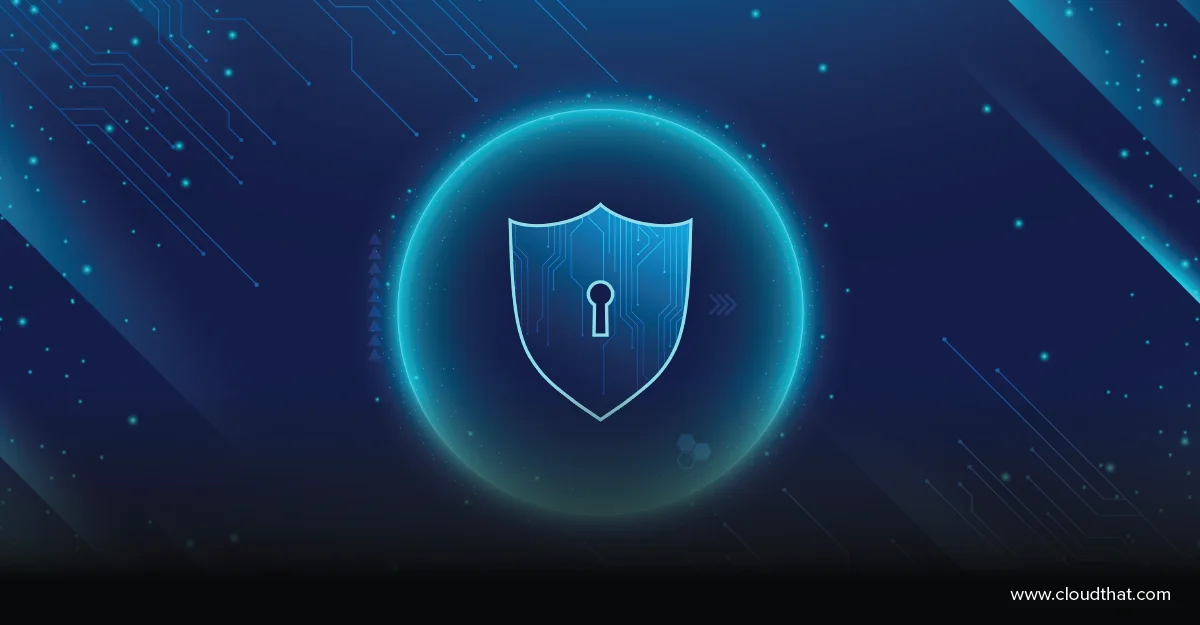
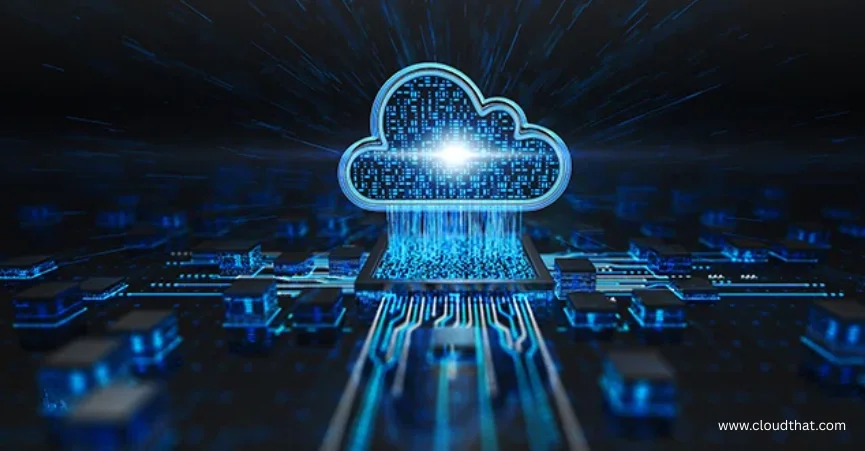




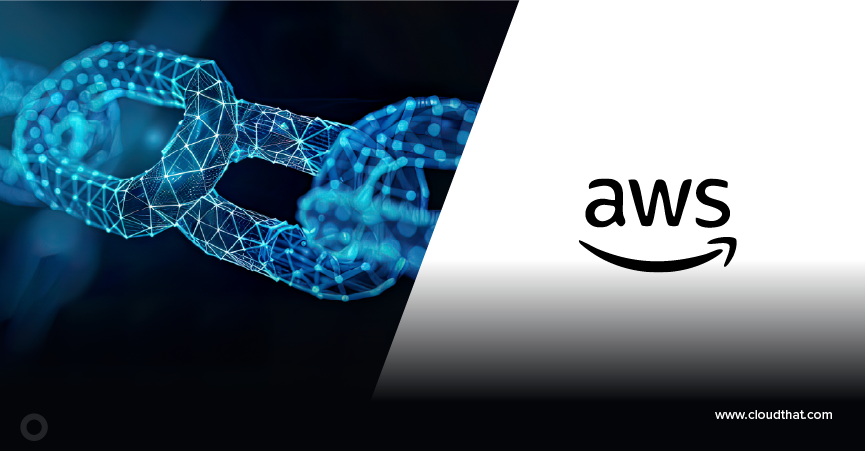
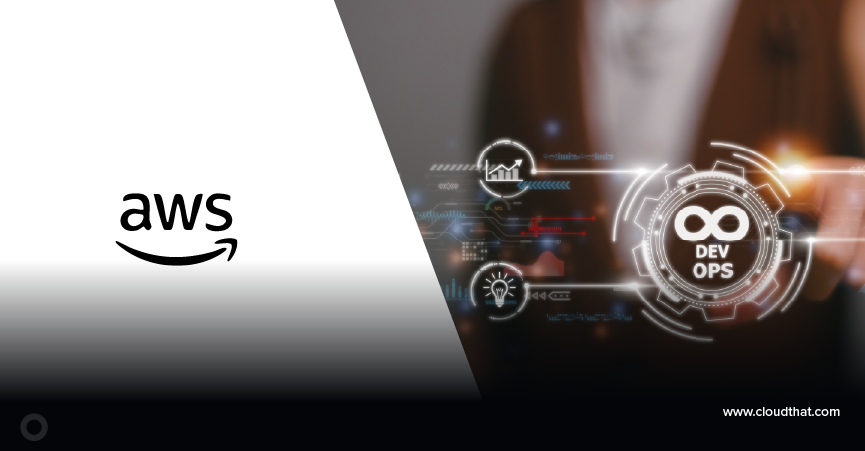

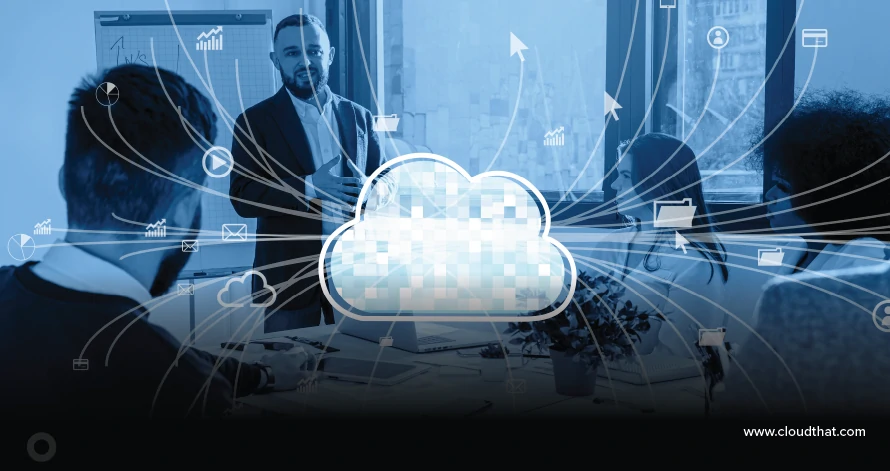
Comments